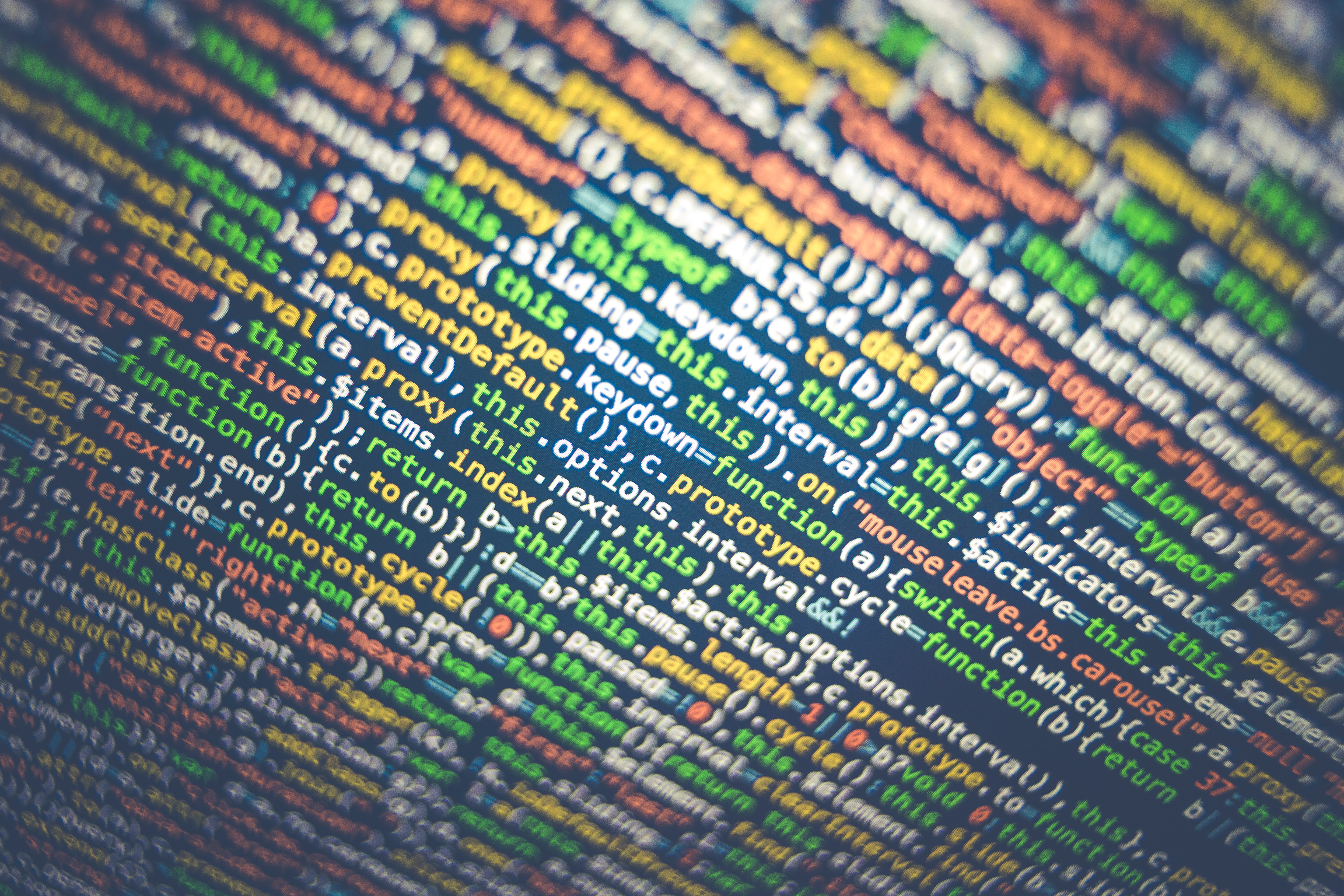Exploring the Different Types of Loops and Their Application in Programming

Introduction
Writing loops in code is a fundamental concept in programming. Loops are a crucial programming construct that allows developers to repeat code blocks a specific number of times or until certain conditions are met. Additionally, programmers can use loops to iterate over sequences like arrays, strings, and dictionaries, making it easier to access and manipulate data in their code.
Types of Loops
In general, there are several types of loops used in various programming languages:
The for Loop (Java Example)
A for loop is a control flow statement used for iterating through a sequence of elements or values. This loop runs for a predetermined number of iterations, executing a code block for each iteration. The syntax of a for loop includes initialization, termination, and an increment.
Here's a Java example of a for loop:
for (int i = 0; i < 10; i++) {
System.out.println("This is iteration number " + i);
}The while Loop (Python Example)
A while loop is a control flow statement used for iterating through an iterable sequence. It runs for an unspecified number of iterations based on a condition. The condition is checked at the beginning of each iteration, allowing you to control when the loop terminates.
Here's a Python example of a while loop:
count = 0
while count < 10:
print("This is iteration number", count)
count += 1
The foreach Loop (C# Example)
A foreach loop is used to iterate over elements in an array or other collections. It simplifies the process of accessing each element without the need for explicit indexing.
Here's a C# example of a foreach loop:
string[] colors = { "Red", "Green", "Blue" };
foreach (string color in colors) {
Console.WriteLine("Color: " + color);
}Comparison of Loops
When choosing between different loop types, consider the nature of the problem you're solving.
For loops are suitable when you know the exact number of iterations you need or when working with iterable objects like arrays. They execute a specified number of iterations and won't stop until this count is reached.
While loops, on the other hand, work without knowing the exact number of iterations. They evaluate the condition before each iteration, allowing you to control when the loop terminates.
Foreach loops are specifically designed for iterating over collections and arrays without the need for explicit indexing.
Applications of Loops
Loops are a fundamental programming tool with various applications:
- Iterate over arrays and strings: Loops allow you to access each element in an array or string with ease.
- Create dynamic web pages: Dynamic web pages are generated by looping through data, such as arrays and objects, in backend code.
- Iterative operations: Loops are ideal for repetitive tasks like reading files or filtering data.
- Interval tasks: Loops can set up recurring activities, such as sending emails or logging data at regular intervals.
Conclusion
Loops are a powerful programming construct for repeating actions or sequentially accessing elements in an array. The choice between loop types depends on the specific problem you aim to solve. Loops find applications in various tasks, including creating dynamic web pages, iterating over arrays and strings, iterative operations, and interval-based tasks.

